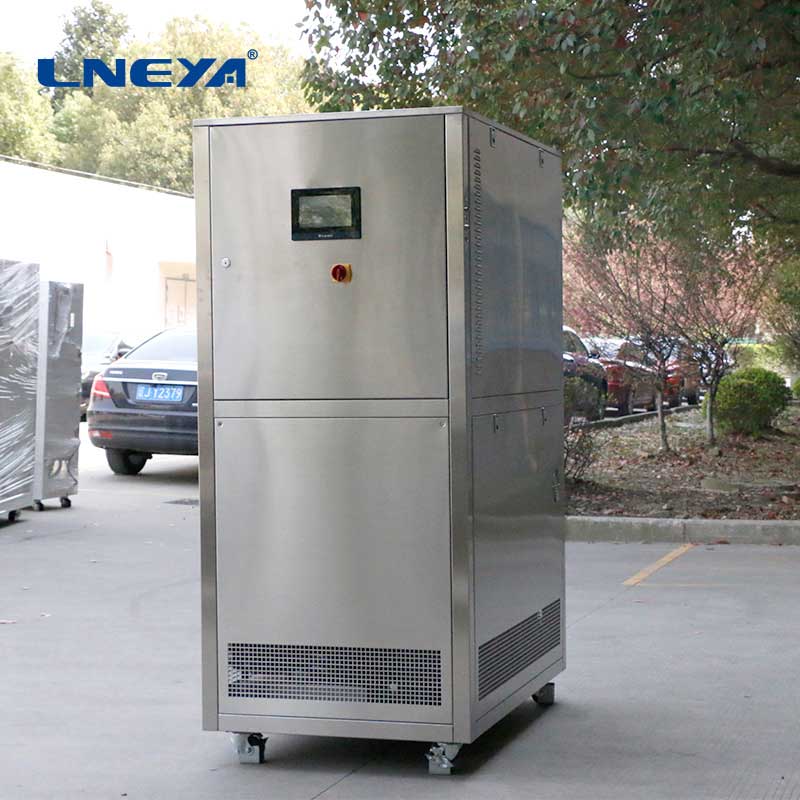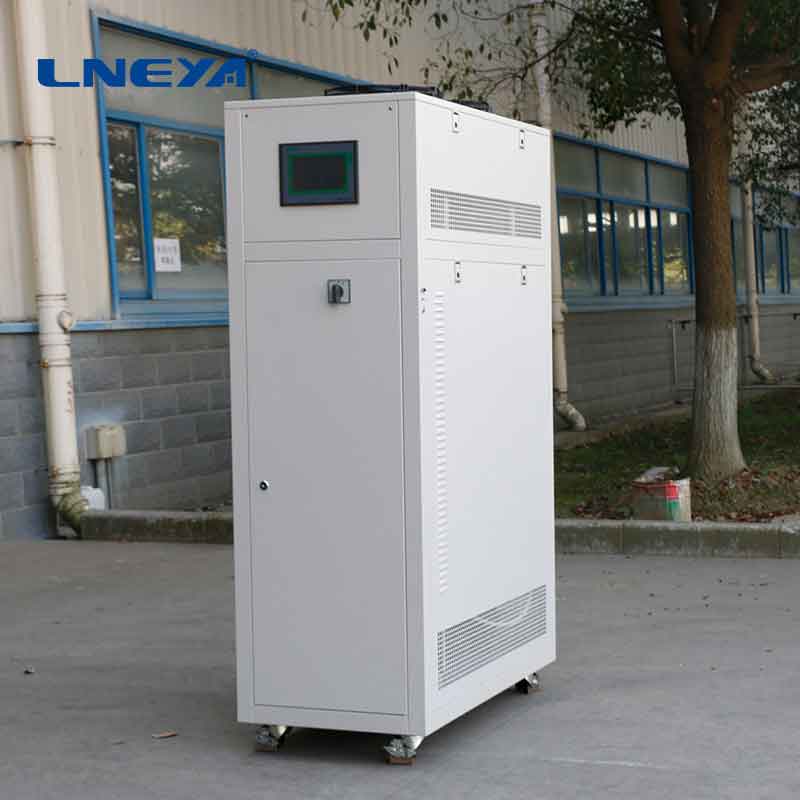temperature controlled water circulator
Temperature-Controlled Water Circulator: Precision for Scientific and Industrial Processes
A temperature-controlled water circulator, commonly known as a water bath circulator, is a vital component in laboratories and industrial settings where precise temperature control is required. These devices ensure that the temperature of a liquid medium remains stable, facilitating a wide range of applications from chemical reactions to material testing.

Functionality and Components
Water circulators function by circulating a temperature-controlled liquid through an external system or a built-in bath. The main components include a heating and cooling system, a pump for liquid circulation, a temperature sensor, and a control unit.
Types of Water Circulators
There are several types of water circulators, such as:
Recirculating Chillers: Designed for applications requiring a constant temperature.
Immersion Coolers: Used in conjunction with heating circulators for rapid cooling.
Multifunctional Circulators: Capable of both heating and cooling, providing versatile temperature control.
Applications
Water circulators are used in various applications, including:

Scientific Research: Maintaining precise temperatures for experiments and analyses.
Material Testing: Simulating environmental conditions to evaluate material properties.
Medical and Biological Applications: Ensuring stable temperature conditions for sensitive samples.
Selecting the Right Water Circulator
When choosing a water circulator, consider the following factors:
Temperature Range: The circulator should be capable of reaching the required temperatures for your application.
Fluid Type: Ensure compatibility with the liquid medium used in your process.
Circulation Capacity: The pump should be able to circulate the liquid at the desired rate.
Control Features: Look for advanced control features like microprocessor-based systems for precise temperature regulation.
Maintenance and Safety
Proper maintenance of water circulators includes regular inspection of the system components, cleaning of the bath, and checking the fluid for contamination. Safety features such as over-temperature protection and emergency shut-off switches are crucial for safe operation.

Environmental Considerations
Modern water circulators are designed with energy efficiency in mind, reducing energy consumption and environmental impact. The use of eco-friendly materials and refrigerants also contributes to their environmental sustainability.
Conclusion
A temperature-controlled water circulator is an indispensable tool for applications requiring stable liquid temperatures. By understanding their functionality, types, and the factors involved in their selection and maintenance, users can ensure optimal performance and reliability in their processes. The precision and versatility of these circulators make them valuable assets in scientific and industrial settings.
This article provides a comprehensive guide to temperature-controlled water circulators, discussing their functionality, types, applications, and the considerations for their selection and maintenance. It emphasizes the importance of choosing the right circulator for specific temperature control needs and highlights the advancements in temperature control technology that have made these systems more accessible and efficient。
Related recommendations
ton chiller
607What is a Ton Chiller? A ton chiller is a refrigeration system designed to remove heat from water or other liquids, with its cooling capacity measured in tons. One ton of cooling capacity is eq...
View detailsevaporator of chiller
521Definition and Function of Evaporator in Chiller Systems The evaporator is a vital part of a chiller system, where the heat absorption process occurs. It is positioned on the low-pressure side ...
View detailswater bath with thermostat
288Introduction A water bath with a thermostat is a device designed to maintain a constant temperature within a water - filled chamber. It is widely used in various fields, from scientific resear...
View detailschillers australia
217Types of Chillers in AustraliaAir - Cooled ChillersAir - cooled chillers are a common choice in Australia. These chillers reject heat directly to the ambient air through fans. They are relativel...
View details
 LNEYA Chiller
LNEYA Chiller






HelloPlease log in